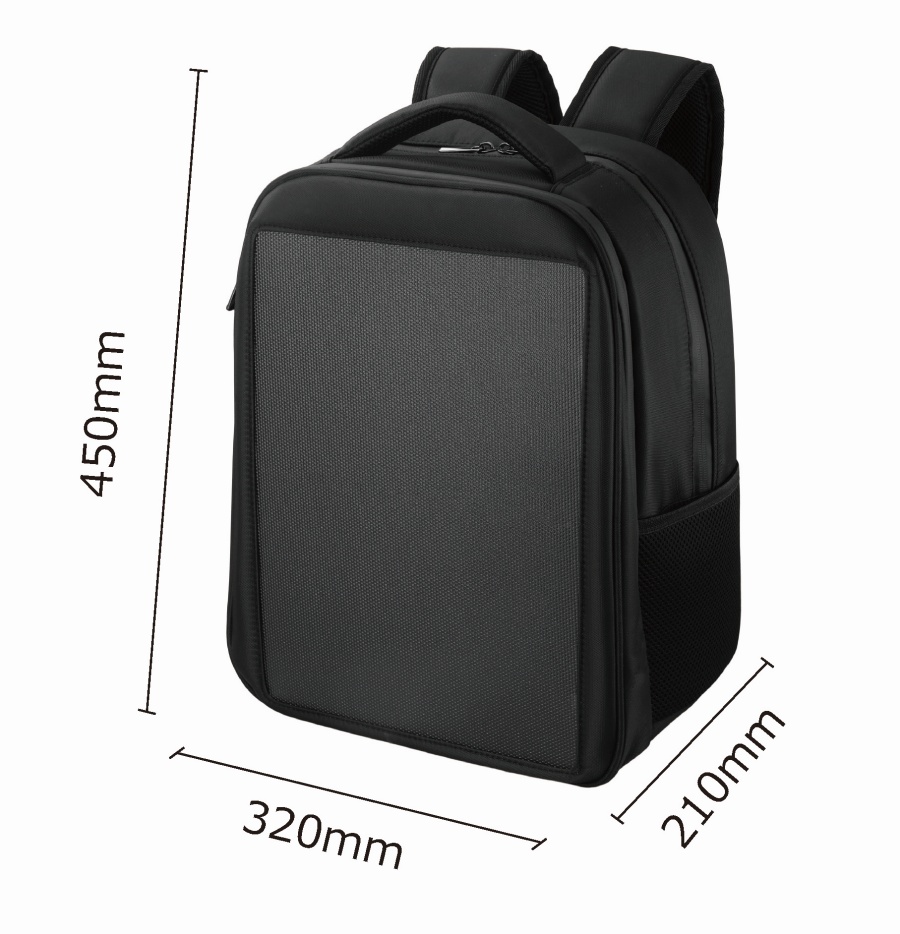Sale High Quality 50w Solar Blanket Manufacturer in China
Solar blankets, also known as solar pool covers, are ingenious devices designed to capture the sun's energy to heat swimming pools and spas. Among the various solar blankets available, the 50W solar blanket has gained popularity due to its balance between power output and practicality. However, the efficiency of these blankets in converting solar energy into heat is a critical factor that determines their effectiveness. This article will delve into the charging efficiency of 50W solar blankets, exploring their design, materials, and performance under different conditions.
The charging efficiency of a 50W solar blanket is primarily determined by its ability to absorb sunlight and convert it into heat energy. The blanket's surface area, material composition, and the quality of the solar cells play a significant role in this process. A typical 50W solar blanket consists of a series of photovoltaic cells embedded within a durable, waterproof fabric. These cells are designed to capture photons from the sun and convert them into electrical energy, which is then used to heat the water in the pool.
One of the key factors affecting the charging efficiency of a 50W solar blanket is the angle at which it receives sunlight. Ideally, the blanket should be positioned to face the sun directly, improving the surface area exposed to sunlight. This is particularly important during the peak hours of sunlight when the solar energy is intense. By adjusting the orientation of the blanket throughout the day, users can optimize its charging efficiency.
Another important aspect to consider is the material used in the construction of the 50W solar blanket. High-quality, durable materials not only protect the solar cells from damage but also enhance the blanket's ability to retain heat. Some blankets are made with a combination of materials that provide insulation, reducing heat loss and improving the overall efficiency of the system. Additionally, the use of reflective materials on the underside of the blanket can help to direct more sunlight toward the solar cells, further enhancing the charging process.
Environmental factors also play a significant role in the charging efficiency of a 50W solar blanket. Cloud cover, dust, and debris can reduce the amount of sunlight that reaches the solar cells, thereby affecting the blanket's ability to generate heat. Regular cleaning and maintenance of the blanket are essential to ensure that it remains free from obstructions that could hinder its performance.
The design of the 50W solar blanket also contributes to its charging efficiency. Some blankets feature a honeycomb or bubble structure, which helps to trap air between the cells. This trapped air acts as an insulator, reducing heat loss and allowing the blanket to retain more of the heat generated by the solar cells. Furthermore, the size and layout of the solar cells within the blanket can impact the overall efficiency, with larger cells or a denser arrangement potentially offering better performance.
In terms of performance, a 50W solar blanket can significantly reduce the need for auxiliary heating systems, such as gas or electric heaters. By harnessing the sun's energy, these blankets can raise the temperature of the pool water by several degrees, providing a comfortable swimming environment even during cooler months. The actual temperature increase will depend on factors such as the size of the pool, the local climate, and the amount of sunlight the blanket receives.
To improve the charging efficiency of a 50W solar blanket, it is essential to follow proper installation and maintenance guidelines. This includes ensuring that the blanket is securely fastened to the pool edges, free from any folds or wrinkles that could obstruct sunlight. Additionally, regular inspections for damage or wear should be conducted, as these can compromise the blanket's performance and longevity.
In conclusion, the charging efficiency of a 50W solar blanket is influenced by a variety of factors, including its design, materials, orientation, and environmental conditions. By understanding these factors and taking appropriate measures to optimize the blanket's performance, users can harness the sun's energy effectively, reducing their reliance on traditional heating methods and enjoying a more sustainable and cost-effective way to maintain their pool's temperature.



 English
English 中文简体
中文简体 Français
Français Español
Español Deutsch
Deutsch

















